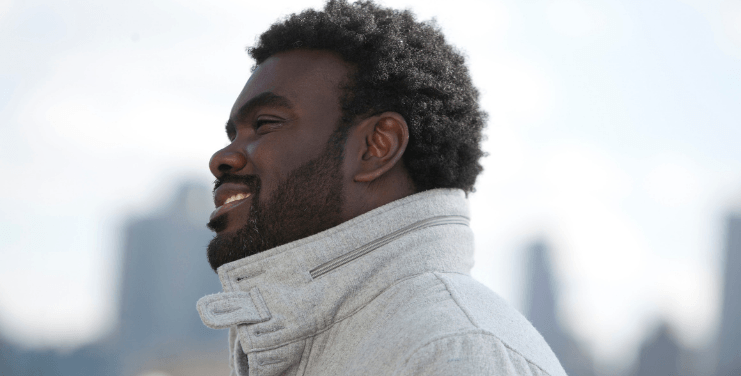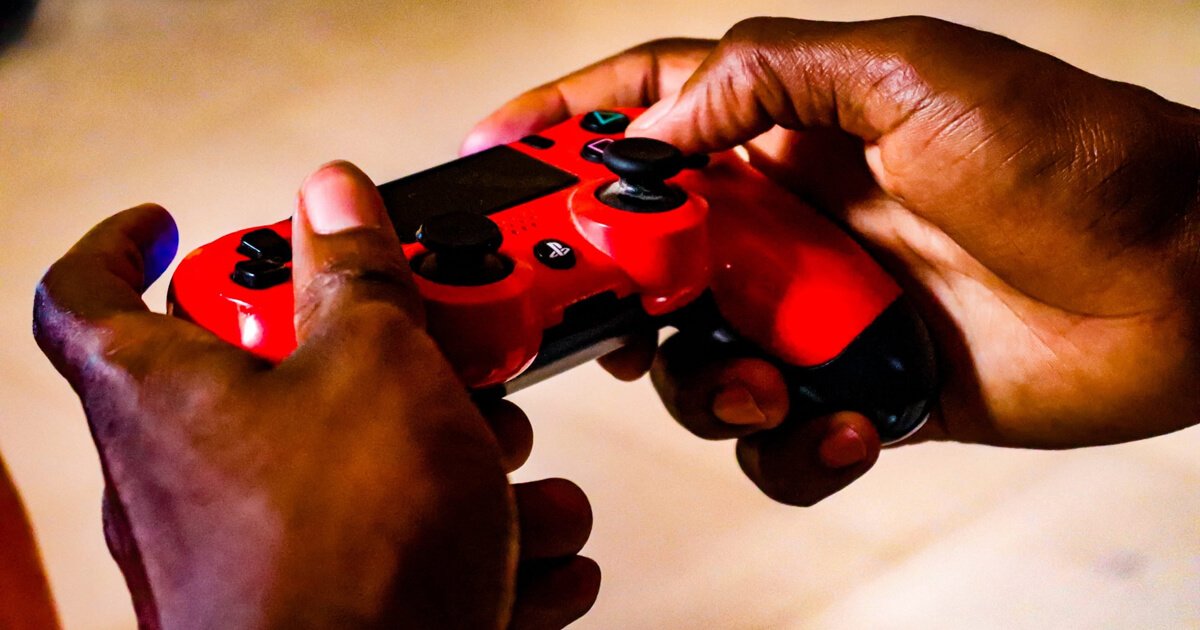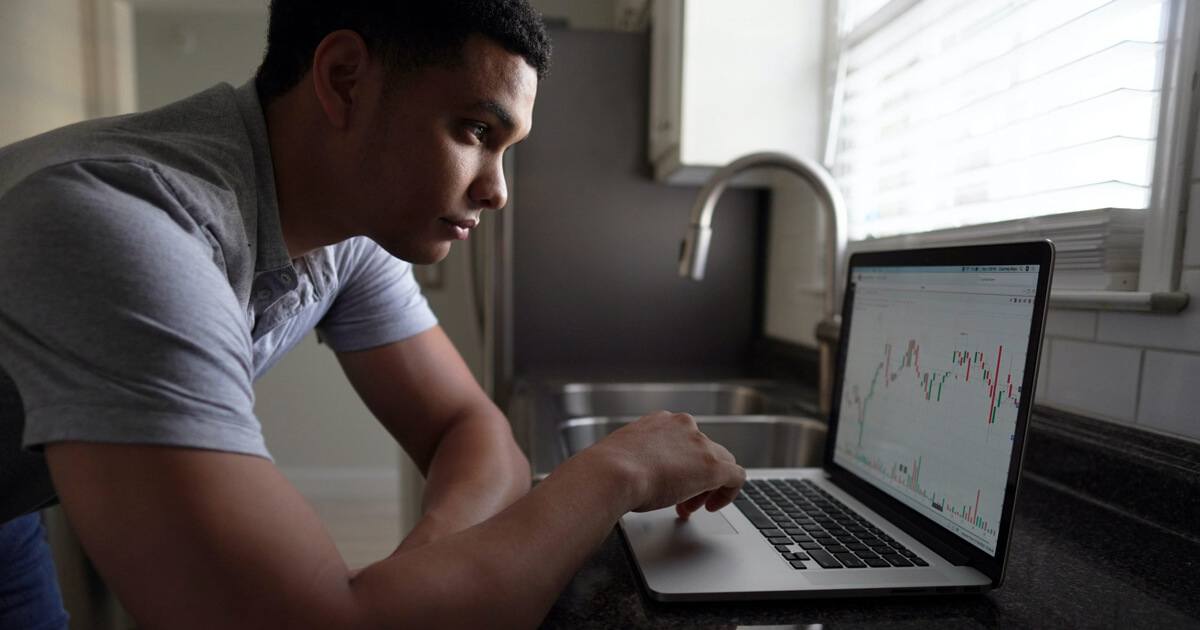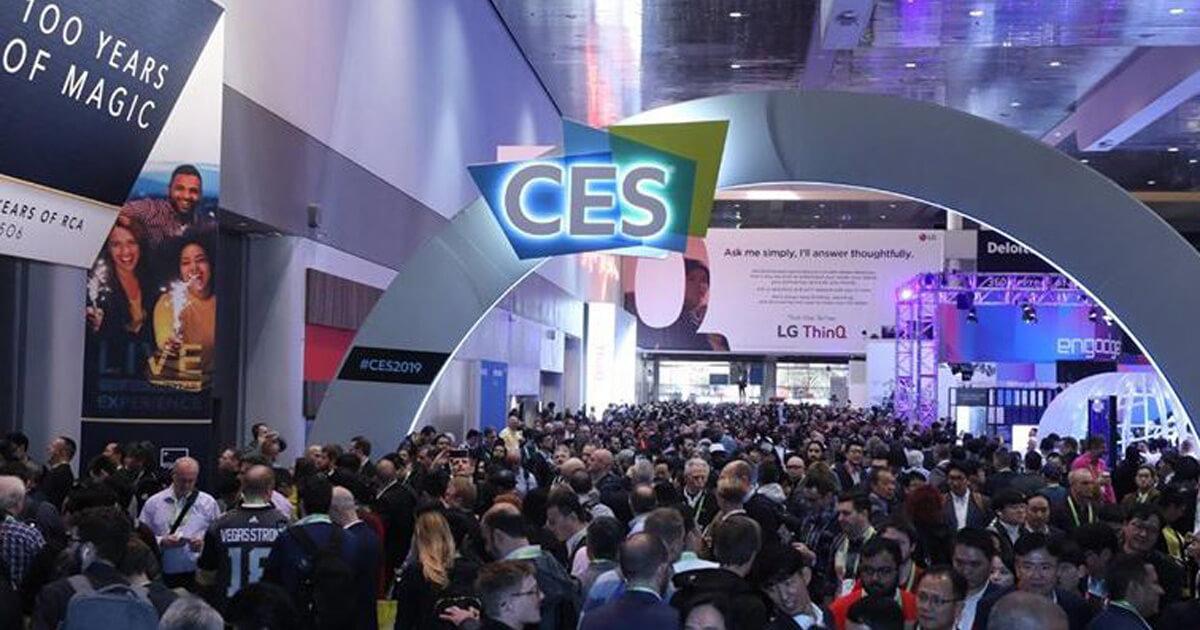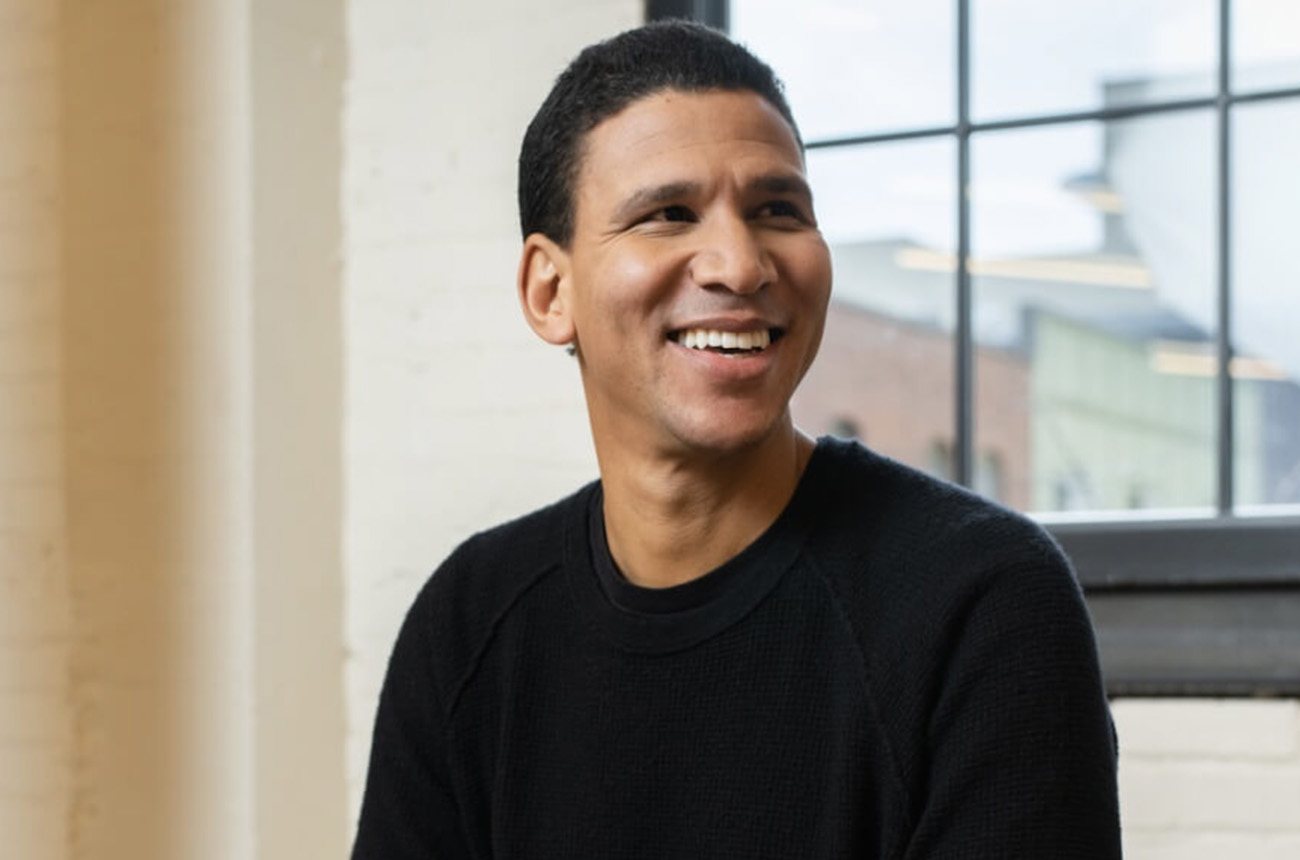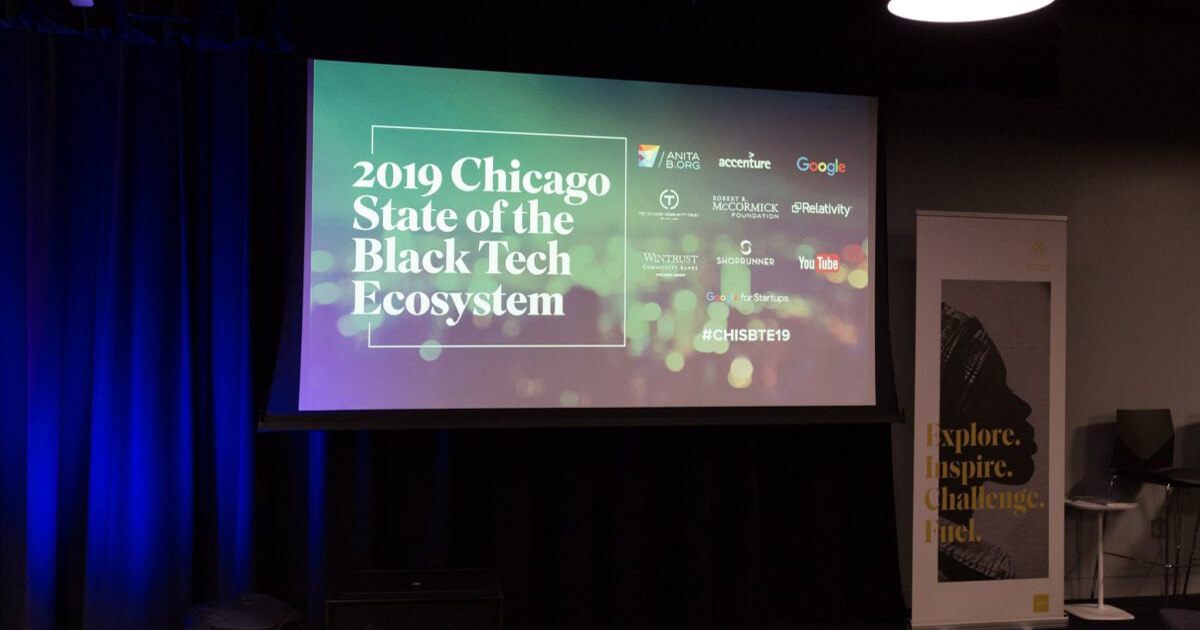Key Insights:
- Black founders are taking on the arcane prison communications industry to better— and more cheaply — connect the incarcerated to their loved ones.
- They face challenges that bump up against federal policy, security and justice.
- Work to bolster better communication with the incarcerated has been shown to have a positive impact on recidivism.
By Meira Gebel
After Marcus Bullock was sentenced to eight years in an adult state penitentiary at the age of 15, he spent the first few months convinced someone must’ve made a mistake. He thought he’d be able to come home every weekend. He never thought the state would actually make him grow up behind bars. But he did.
The first two years, he said, were the hardest. He was in and out of solitary confinement, acting out on occasion, and went through a “deep depression.” But what pulled him out, and what got him through the next six years, was something many Americans take for granted: Mail.
Bullock’s mother sent him a letter or photo every day for six years — either detailing her day, what she watched on television that week, or even what she ate (she once sent him a photo of a hamburger with the caption “You’ll be able to eat this soon!”). Bullock credits this simple, and rather traditional, mode of communication to be the reason he is out and where he is today.
It’s also what led him to found Flikshop, a social media-esque app where people can design postcards on their phone and have them shipped to incarcerated loved ones in facilities across the country for less than a dollar.
“We know if we do our job with helping to connect families along the journey then we would create something that allows us to be able to really attack these high recidivism numbers,” Bullock told The Plug.
Recidivism rates vary by state, but in the United States the numbers are considerably higher (three-fourths of formerly incarcerated people are rearrested within five years), especially when compared to other countries where social programs are widely available. Several studies have shown consistent contact with family members helps lower recidivism rates across communities of color, who are, disproportionately, more likely to be arrested and face criminal charges than white Americans.
Communicating with the incarcerated, however, isn’t exactly easy — or inexpensive. But companies like Flikshop, Pigeonly and Ameelio are eager to change this and see a gap in the industry for much-needed technological innovation in order to bring down the cost burden on families and bring more loved ones home.
For decades, the prison communication industry, which brings in $1.4 trillion in revenue yearly, has essentially been monopolized by two companies: Global Tel Link and Securus, both private telecom businesses with deep connections and long histories of scoring coveted county, state and federal contracts. Both have a fee structure where it costs money to set up a calling card account, and per minute of the call, plus a surcharge depending on where you call from. So $15 can fly by in less than 15 minutes in most cases.
That’s where Pigeonly comes in. It’s mobile app makes it easy to search, find, and connect with incarcerated loved ones along with a telephone service, which lowers the cost of expensive prison phone calls.
“In most cases it lowers [cost] by 80 percent,” founder Frederick Hutson told The Plug.
Pigeonly does this by creating local phone numbers loved ones can use to dial an out-of-state facility without outrageous out-of-area fees tacked on. It’s a common method used by bigger companies like Skype when placing international calls.
“We’re not competing with JPay to get the contract on a facility-level,” Hutson said. “We recognize these players in the space, but we are going to use technology to get the cheapest rates possible, that’s how we fit into the ecosystem.”
One might think sending a letter may be the easiest way to get in touch with someone in prison or jail. But even that has roadblocks and ever-changing regulations.
Since launching Flikshop in 2012, Bullock has prioritized creating easier pathways for its products to even be accepted at the majority of institutions across the country. Overcoming this challenge has been a major issue, he said, as many prisons and jails have either outright banned physical mail, or have expressed interest in doing so to eliminate contraband. Some facilities have implemented “in-house mail photocopying programs” where incarcerated individuals are required to pay for a print out of mail addressed to them.
“These systems and facilities have very fragmented rules,” Bullock said. “And that has been one of the hardest, longest and arduous parts about developing Flikshop is creating relationships with each one of these departments to allow us to be able to facilitate this kind of connection between family members.”
Hutson also said working with individual institutions has been instrumental in Pigeonly’s progress. It has worked so well in fact that in the last 18 months Pigeonly created an authentication tool where institutions can validate the postal mail they receive. Here’s how it works: When a customer designs a postcard via the Pigeonly app to be sent to an inmate, the letter is shipped and sealed with a one-time QR code as a way to verify it came from a trusted facility.
“Right now as a company we are making more strategic decisions,” Hutson said. “For example, right now we are involved in lobbying in D.C. to push legislation that will create equitable communication for people who have loved ones in prison.”
And even though technological innovation has been slow to reach the incarcerated, sometimes lawmakers are even slower at implementing progressive policies aimed at this historically underrepresented population. And until then, the financial burden of communication will continue to fall on family members and friends.
That’s what’s so significant about companies like Flikshop and Pigeonly — both have formerly incarcerated, Black founders at the helm addressing a problem they’ve faced themselves. Even though the rate of which Black men are currently imprisoned has fallen in the last decade, according to Pew Research Center, Black men still make up the bulk of incarcerated populations across the country.
Respectively, Hutson and Bullock’s own experiences in prison shaped how they saw the communication industry — mainly, it’s lack of adoption of affordable, technological-based products that would make it easier, and less expensive, for families of the incarcerated to communicate with them. Right now, a 15-minute call to someone who is incarcerated costs nearly $6.
“Technologies from some of the existing companies have been known to be very predatory to the family members,” Bullock said. “That means the families who typically can’t afford these services who are already struggling to feed the meter have to figure out how to leverage these technologies that allow them to connect with their loved one who is incarcerated.”
Hutson estimates the average American family spends $300 to $600 a year calling an incarcerated loved one, and added the industry has long exploited communities plagued by persistent wage gaps who have to decide between paying a bill or adding money to their loved one’s JPay phone account.
This is a sentiment echoed by Brad Brockmann, an assistant professor of the practice of health services, policy and practice at Brown University. Brockmann, who is currently working with the Maine Department of Corrections to document the paradigm shift in corrections from punishment to wellness, believes to address the technological limitations of the industry, it may be an issue of values at the top.
“It’s the institutional initiatives that will allow communication innovation to occur,” he said. “Any worthwhile institution focused on justice and equity will support and encourage communication in the easiest way possible while still paying attention to their safety and security concerns.”

